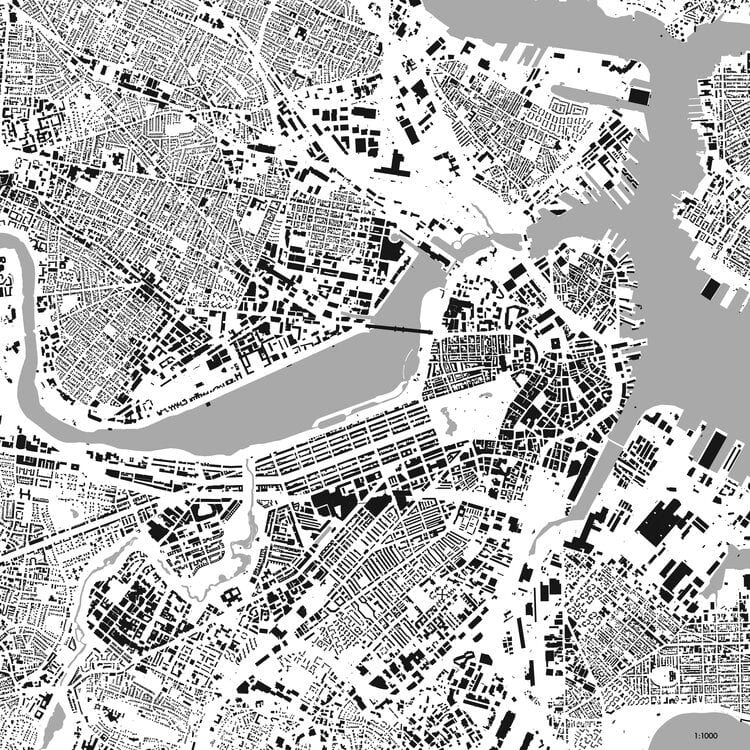
As smart cities grow and become more interconnected, their decision to underfund cyber-security may make it harder for them to achieve their development goals.
According to a report by Smart Cities World and ABI Research, $135 billion is likely to be spent on cybersecurity to protect critical infrastructure between now and 2024. Most of this money will be devoted to "financial; information and communication technologies (ICT); and defense industries.” This means that energy, transport, waste, water, and other crucial services will be, underfunded, and thus, more vulnerable to cyber-attack.
Smart cities are urban developments that work with technology to provide better and improved services. They are built up of “independent network of devices, systems, platforms and users”, and focus on different things such as energy, transportation, e-government, and telemedicine, among others.
According to ABI Research, smart cities are particularly vulnerable to system lockdowns caused by ransomware. This includes, especially, the failure of low-power wide-area networks (LPWAN), device communication hijacking or sensor data manipulation. Every smart city service is only as secure as its “weakest link".
One of the key features of smart cities is the connectivity of devices are around the city. According to the article, "there will be approximately 1.3 billion wide-area network smart city connections by 2024”, 50% of which will be low-power wide-area networks (LPWAN). These are networks focused on providing connectivity to a vast number of devices distributed over a wide-area, using a limited amount energy. Many smart cities use them to connect sensors distributed in their territories. Although some LPWANs (such as are narrow-band IoT networks) are taking into account digital and communications security concerns, the article warns that they may be inadvertently creating greater vulnerability to cyber threats. The main reason for this is that these networks focus on maximizing network coverage, reducing bandwidth cost and lowering connectivity's latency.
The ABI article emphasizes that smart cities are more vulnerable to cyber-threats than other municipalities. In other words, as cities become “smarter” their dependence on technology, networks and software grow. As this happens, they will inevitably be exposed to far more cyber-security vulnerabilities. The lack of spending on digital security will only worsen the situation.
